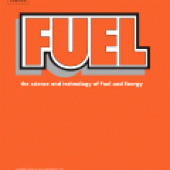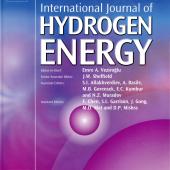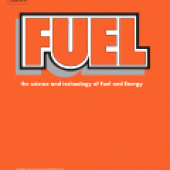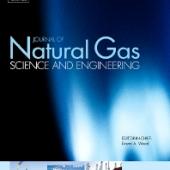Prediction and measurement of the critical compression ratio and methane number for blends of biogas with methane, propane and hydrogen
Methane number (MN) and the critical compression ratio (CCR) measurements for twelve blends of biogas with methane or propane and hydrogen additions were taken in a Cooperative Fuel Research (CFR) F2 model engine according to the standard. In addition, CHEMKIN simulations of MN and the CCR were performed on these blends at similar conditions to the CFR F2 engine operation. Eight chemical kinetics mechanisms were used; it was concluded that the best mechanism to simulate the CCR is USCII, and the best mechanism to simulate MN is San Diego.





